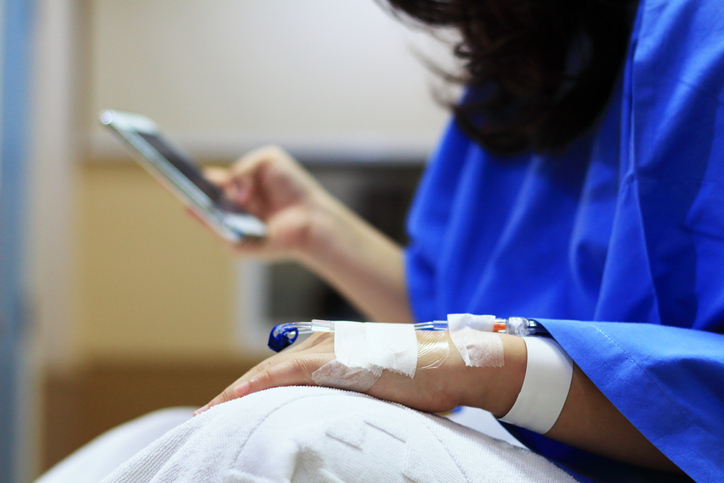A new app can predict the likelihood that a patient will develop an incisional hernia following abdominal surgery, using big data to potentially help address a problem that affects one out of every eight of these surgical patients. Researchers at the Perelman School of Medicine developed the app utilizing electronic health records to identify the most common risk factors for patients, as well as which surgeries most commonly result in incisional hernias across multiple specialties.
Incisional hernias occur after abdominal surgery at the site of the surgical wound when the contents of the abdomen can push through the muscle. They look and feel like a bulge under the skin at the site of the scar tissue, and they weaken the muscle, can be painful for patients, and usually enlarge and become more symptomatic over time. Many patients who develop these hernias end up needing an additional surgery to correct them, opening the door to further risk of complications and potentially leaving people caught in a cycle. Research from John P. Fischer, an assistant professor of plastic surgery, shows that care related to incisional hernias costs the United States health care system about $7.3 billion each year due to the number of these cases and the quality of life issues they cause.
“Our tool presents the risk for each case at the point of care, giving surgeons and patients the chance to consider this outcome ahead of time and incorporate data into the decision-making process,” says Fischer.
Read more at Penn Medicine News.








